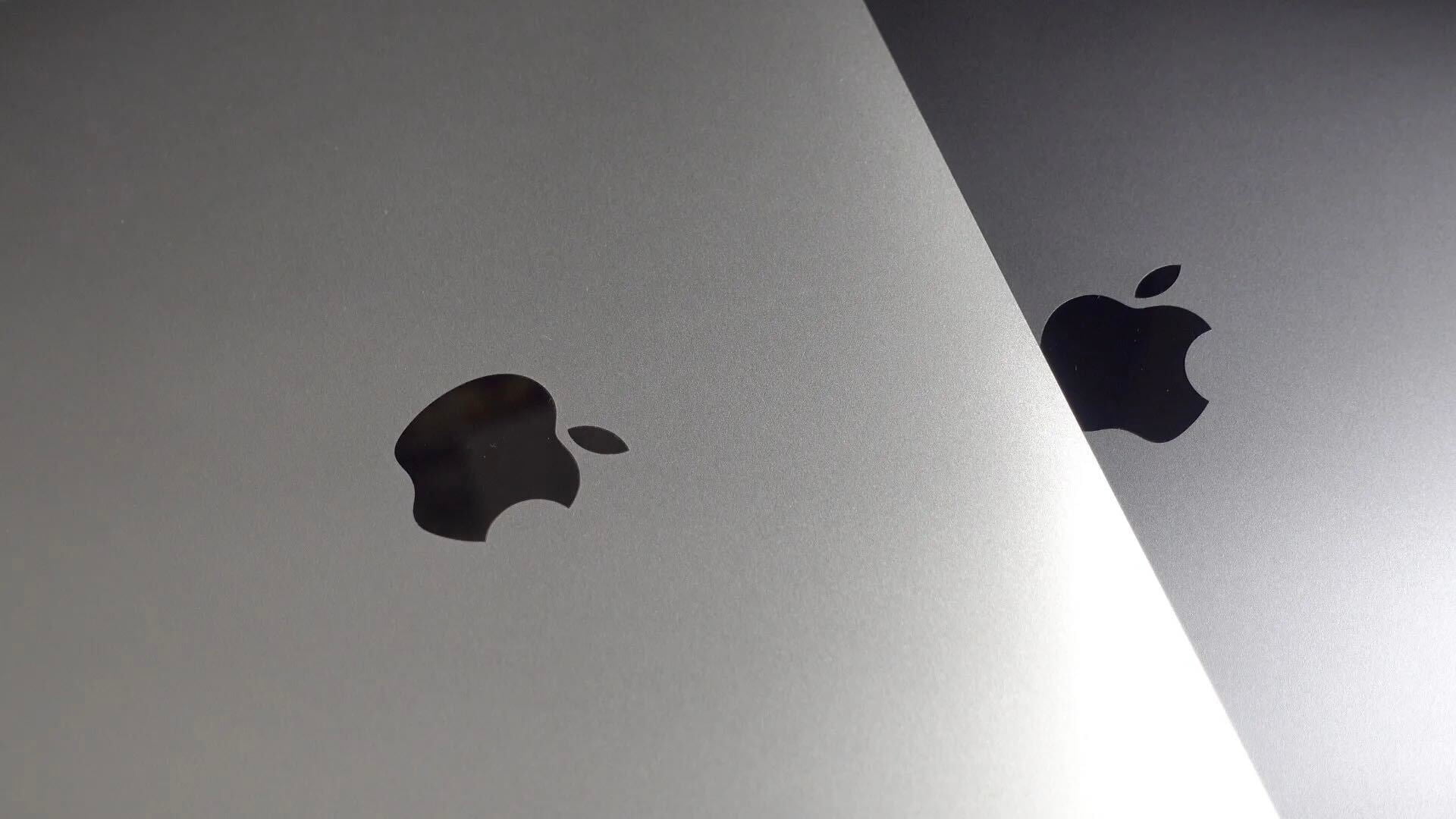Former Apple design head Jony Ive talks to the press relatively infrequently, and it seems clear that one reason for this is that he’s always asked the same questions, and ends up recounting the same stories.
But some interviews reveal a few more things, as is the case in his latest sit-down, with WSJ Magazine deputy editor Elisa Lipsky-Karasz …
There’s much that is familiar in the lengthy piece, which spans timeframes before, during, and after Apple.
Jony Ive talks a lot about materials, and how you cannot consider yourself an industrial designer unless you take account of the practicalities of mass-producing your design. He’s often talked about hand-making things in his father’s workshop, and considering himself a craftsman, but in this piece he reveals that he still had to learn the manufacturing feasibility lesson the hard way.
In 1990, Ive became a partner at a new agency in London, Tangerine. Tapped by Ideal Standard to develop ceramic bathroom designs, he did extensive historical research and created myriad prototypes, but his finished proposals were deemed too difficult to produce.
His relationship with Steve is of course covered, with the usual run-through of the products he designed for Apple, and his role in designing the Apple Park campus. All this is familiar ground.
At his own design consultancy, LoveFrom, Lipsky-Karasz says the Apple influence is clear.
At LoveFrom—the San Francisco–based creative collective that Ive co-founded with Newson in 2019—the offices are tiny compared to Apple Park but just as open. (Ive resigned from Apple the same year he started the company, saying he felt a responsibility to do something significant and make use of what he’d learned to solve new problems.) No dividing walls cut up the space. The office is abuzz with conversations that sometimes continue at Ive’s office-away-from-his-office, the twin restaurants Cotogna and Quince.
Vestiges of Apple’s secrecy around releases remain, with samples—either made for clients or for products that Ive may introduce independently—shrouded under custom suede covers.
There’s again familiar territory in the “design is about how a product works, not just how it looks” refrain, though there is something I hadn’t heard before.
One surprising thing about Ive’s approach is that conversation, rather than sketches, is how he often begins a project. Thinking—and then speaking about that thinking—is the raw material he works with. “Language is so powerful,” Ive says. “If [I say] I’m going to design a chair, think how dangerous that is. Because you’ve just said chair, you’ve just said no to a thousand ideas.
“This is where it gets exciting,” he says. “You have an idea—which is unproven and isn’t resolved, since a resolved idea is a product—and the only tangible thing about the idea are the problems. When someone says it’s not possible, and all you are being shown is why it’s not possible, you have to think and behave in a different way. [You have to say], from a place of courage, I believe it is possible.
I also like Ive’s take on curiosity.
“I am terrified and disgusted when people are absolutely without curiosity,” he says. “It’s at the root of so much social dysfunction and conflict.’
That makes sense to me. We live in a world where absolutes overpower nuance, where the loudest voices get more attention than the smartest, where people dismiss those whose views differ from their own. If we are truly curious about other people and other perspectives, that can only create better understanding, and less conflict.
FTC: We use income earning auto affiliate links. More.




Comments